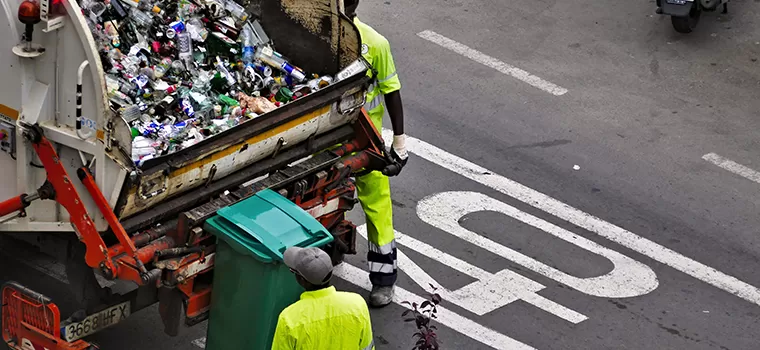Everyone has cables, whether to a car charger or to connect various devices in your home. Unfortunately, these wires can occasionally get caught on fragile items, like glass surfaces, or even on their selves. It can cause them to fray and eventually break away from that connection entirely.
Many different tools can help you prevent this from happening. For example, a spring clamp has been a popular option for many years and can be found at an auto parts store or your local hardware store. Although this is effective, it’s time-consuming to set up, and it can sometimes become loose.
There are also rivet anchors that can be found at one of the locations mentioned above as well. These are typically constructed out of metal, and they have a small screw on one end that has to be pushed into the cable. Once the screw has been inserted, you twist it so it will catch the cable securely on its other side. Although this does work, it can damage the cable slightly.
There are two other ways to secure these cables, using a couple of different types of molding cable. Molding is used for many things in carpentry and electrical work, although these two applications are what we’re focusing on here.

First off, there are spiral cable ties. These are the same concept as the spring clamps mentioned above. They have small rounded teeth that will twist tightly around the cable and hold it securely to the surface or item you’re securing it to. The teeth can also anchor cables into walls, floorboards, or any solid material like drywall you might be running your wires through.
When it comes to cable management, spiral cable ties can be used in various ways. They can be placed around cables to prevent them from snagging on other items or the ceiling, or you can use them to secure cables that have already been fed through holes in the wall or floorboards. These applications should use cable ties with adhesive backing instead of blunt jaw types. They will stick better, and they’re more durable when compared to those with jaws.
Clamps also make significant cable ties. They work similarly to spiral cable ties, but instead of teeth all along the edge, there is a metal sleeve fixed into place on one end of the clamp. One end works the same way as a spring clamp, while the other features a fastener securing your cable to the clamp.
There are many ways you can use cord management tools when it comes to cable management. It doesn’t have to be one specific application you’re using them for; there are plenty of flexes, clips, and hooks out there that you can use for multiple applications. They’re a much better alternative than cable ties or other plastic ties, as they will not damage your cables or the insides of your walls.
These tools also come in a variety of sizes and designs. They can secure cables to any surface imaginable, whether wood, metal, or even concrete! You may use one brand for specific applications and then use another for others. Or maybe you’ll find the perfect combination that works for your needs. Either way, the choice is yours!
If all else fails, though, don’t be afraid to seek professional help from an electrical contractor. He or she will have all of the knowledge you need to help you manage your cables and wires.
Whether it’s over-the-counter medicine or medical marijuana to treat a health-related issue, experts often advise us to try holistic treatments before resorting to conventional treatments. Holistic treatment means treating the whole body, including our mind and soul. Meditation is a holistic remedy many people have adopted across the globe to cure different ailments and improve their health.





